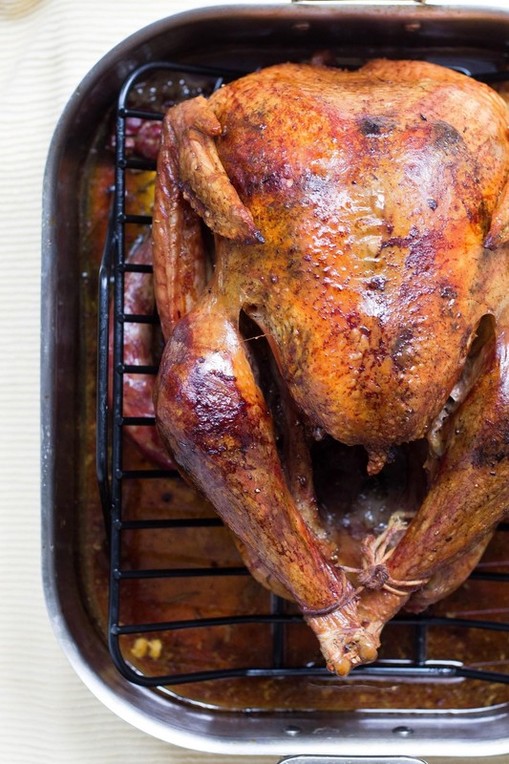 Turkey day is right around the corner. Just saying that makes most of us salivate. We can’t help but think of the nostalgic comfort foods unique to our family table. For myself, it would be melt-in-your-mouth turkey, buttery mash potatoes, sweet and savory stuffing, green bean casserole, Brussel sprouts, soft rolls with butter, and pumpkin or apple pie with a scoop of ice cream (because you must have both options, right?). If you weren’t salivating before, you have to be now. All this delicious food usually takes front and center stage on Thanksgiving. However, we shouldn’t forget to practice an essential skill, mindfulness. The very mission of Thanksgiving (in the 21st century) is to acknowledge all that we are thankful for. Our family and friends, the roof over our heads, the success we’ve experienced professionally, and the list goes on. By doing this, we are, in a way, practicing mindfulness. So this year, let’s try to be thankful for our meal by being mindful about how we consume it. How do we practice mindful eating? Though there are no universal standards, we should try implementing practices during our eating times that allow us to appreciate the food we eat. For myself, that means turning on smooth jazz, sitting down at a table, slowing down my eating speed, and enjoying all the sensory perceptions I have during a meal (sight, sound, smell, taste, and feel). It is also important to acknowledge and embrace the environment around us, whether alone or around a crowded table. There are many different ways to practice mindful eating. Here are a few tips for you to try this Thanksgiving:
3. Balance your plate. Use your eyes to create a well-rounded meal that is nutrient-dense. Instead of filling up your entire plate with mash potatoes and stuffing, have, for example, turkey, mash potatoes, stuffing, and Brussel sprouts each take up ¼ of your plate. Ensuring you get enough carbohydrates, protein, fat, and fiber will help you feel more satisfied with your meal. 4. Slow down and eat with all your senses. Once you have balanced your plate, make sure to slow down and take time to be thankful for the meal in front of you. Look at the food, smell the lovely aromas mixing together, take a bite and pay attention to how it feels in your mouth. Try to remember the ingredients that went into making each recipe as you taste it.
0 Comments
One of the reasons to try new vegetables you may or may not have noticed at the grocery story is to get out of the rut that mealtimes can bring over time. There’s an tan-colored, oval, root vegetable you maybe have seen at the store and not known what it is or how to pronounce its name. It’s called jicama (pronounced “hee-kah-mah”). Some may call it a yam bean or a Mexican water chestnut. It is part of the legume (bean) family. This is a tuber like a potato, but it is less starchy. However, the tough skin on a jicama needs to be peeled with a knife (not a vegetable peeler – the skin is too tough) because it contains a toxin (that is NOT found in the fleshy part of the tuber). What does a jicama taste like? A jicama is sweet like a pear or apple, but it is starchier. When eaten raw, it is quite crunchy, making it ideal for nut butters, hummus and other dips. How do you chose a jicama?Choose smaller jicamas because they are less fibrous. Choose ones with smooth skins because shriveled skin is a sign of an older tuber. They do not need to be refrigerated until they are cut open. If you find a jicama that is too large, ask the produce worker to cut into half or fourths. How do you eat a jicama? You can eat a jicama either raw or cooked, as you would eat an apple, pear, or kohlrabi. Some ideas for using it are:
How nutritious is jicama?Jicama is low in calories (46 calories for one cup of sliced, raw jicama) and high in soluble dietary fiber. Soluble fiber can help lower your blood LDL levels and can normalize blood glucose levels. Jicama is also very high in vitamin C (40% of your daily needs). Vitamin C supports your immune system and provides powerful antioxidants to aid your body’s cells. Mealtimes don’t need to be boring if you add new vegetables into the rotation. Drop us a comment and tell us about your adventures with vegetables you haven’t tried before, such as jicama, celeriac, or kohlrabi. For a quick tutorial in how to prepare a jicama, click here. Roasted Jicama
Notes:
Resources:
~Nancy Miller, MS, RDN |
SD BlogA place for our consultant Registered Dietitian Nutritionists (RDNs) to share nutrition science, yummy and healthy recipes, tips on seasonal ingredients, and other nutritional musings. Enjoy! Categories
All
Archives
May 2024
|


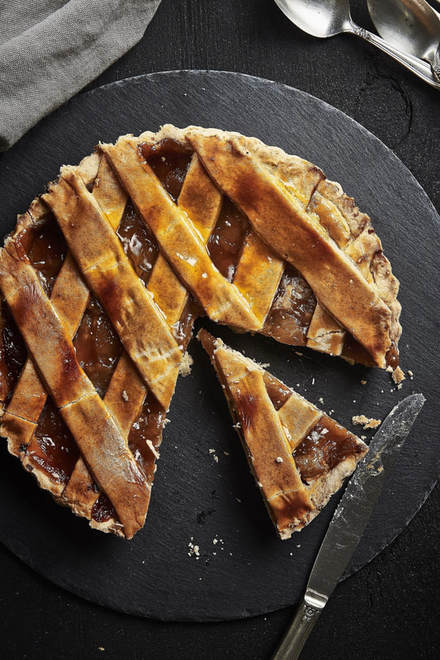

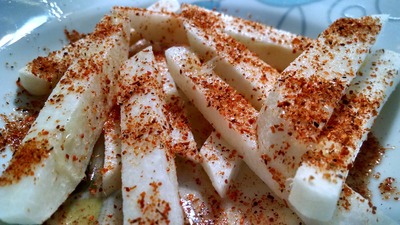
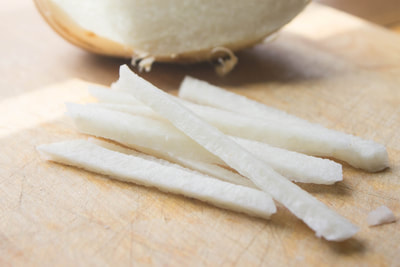
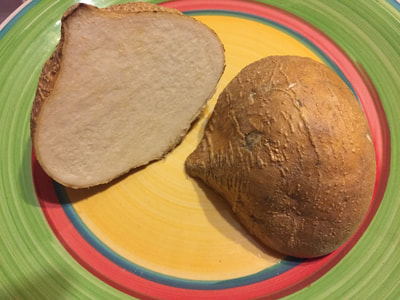
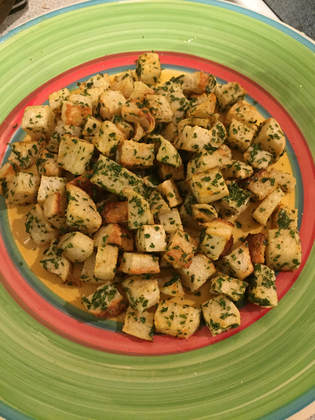

 RSS Feed
RSS Feed